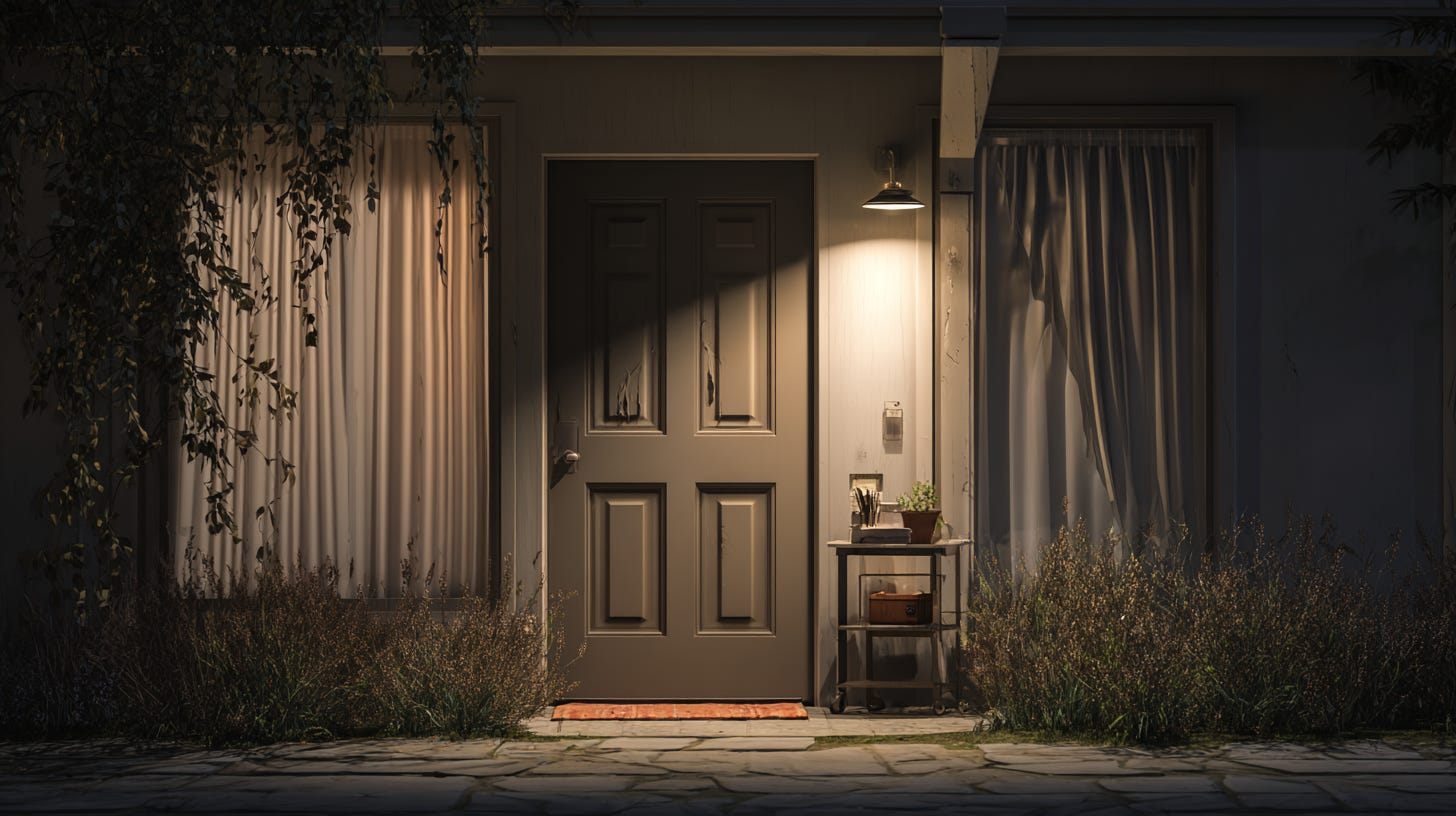Personal Safety: Navigating Violence Without Losing Yourself
Preparedness isn’t just about supplies — it’s about surviving encounters with violence.
Civil unrest, political violence, and desperate neighbors all create one unavoidable truth: at some point, you may face direct threats to your safety.
It’s not something most people want to imagine — but ignoring it doesn’t make it less real.
Lessons From History
In Scars of Independence, Hoock reminds us that the American Revolution wasn’t just fought on battlefields.
Violence was often neighbor against neighbor, up close and personal.
Selco, writing about the Balkan war, makes it clear: violence in collapse is random, ugly, and unfair.
People were killed over scraps of food.
Strangers and friends alike became threats.
The lesson? Survival isn’t about “winning fights.”
It’s about staying alive.
Layers of Defense
The best defense is avoiding conflict altogether. Think in layers:
Awareness – Pay attention to your environment. Most threats can be avoided if you see them coming.
Deterrence – Lighting, locks, alarms, and a strong community presence make you a harder target.
Escape – If you can leave, leave. Your family’s safety matters more than property or the items you’ve acquired to be prepared.
Defense – If you’re forced into a corner, defend yourself decisively.
Firearms: Last Line, Not First
Firearms are powerful tools of defense — but they are the last line.
The consequences of pulling the trigger are immense, not just legally but emotionally.
Taking a life, even in defense, changes you.
That said: sometimes you are put into a position where you must defend yourself or your family.
In that moment, hesitation can cost lives.
If defense is unavoidable, act decisively.
Recommendations:
Training is essential. Without it, you can be more dangerous to yourself and others. Take a firearms safety course before ever loading a weapon.
At minimum: obtain a pistol — compact, effective for self-defense, and versatile.
If possible: get your Conceal Carry permit for legal protection and mobility.
Next step:
A rifle for distance and power.
A shotgun for pure stopping force at close range.
The right tool depends on your environment — urban, suburban, or rural.
Beyond Firearms
Not every threat requires lethal force. Consider:
Pepper spray, batons, rubber bullets, or other non-lethal deterrents.
Martial arts or self-defense classes for confidence and capability.
Community defense — neighbors who watch out for each other are stronger than lone households.
Mental Preparedness
Violence isn’t cinematic. It’s chaotic, terrifying, and leaves scars.
Being mentally prepared — knowing your limits, your principles, and your lines in the sand — is just as important as having tools.
Preparedness here isn’t about paranoia.
It’s about ensuring that when violence comes, you aren’t caught helpless.
Practical Tips for Pathfinders
Harden your home with lighting, locks, and deterrents.
Invest in non-lethal options before firearms.
If you choose to own a firearm, train until it’s second nature.
Have family safety plans: rally points, safe rooms, escape routes.
Build community. Lone wolves don’t survive long.
Skills, Not Just Stuff
A gun is just metal without skill, discipline, and a plan.
Personal safety in collapse isn’t about bravado.
It’s about resilience, awareness, and the will to protect what matters most.
Coming Next
In the next post, we’ll cover Skills Over Stuff — building true resilience.
Subscribe and Stay Ready
This series is part of Urban Preparedness in Uncertain Times. Each post builds on the last to help you create a clear, practical plan for your family’s survival.
👉 Subscribe to Pathfinder Chronicles today and don’t miss the next post: Skills Over Stuff.



